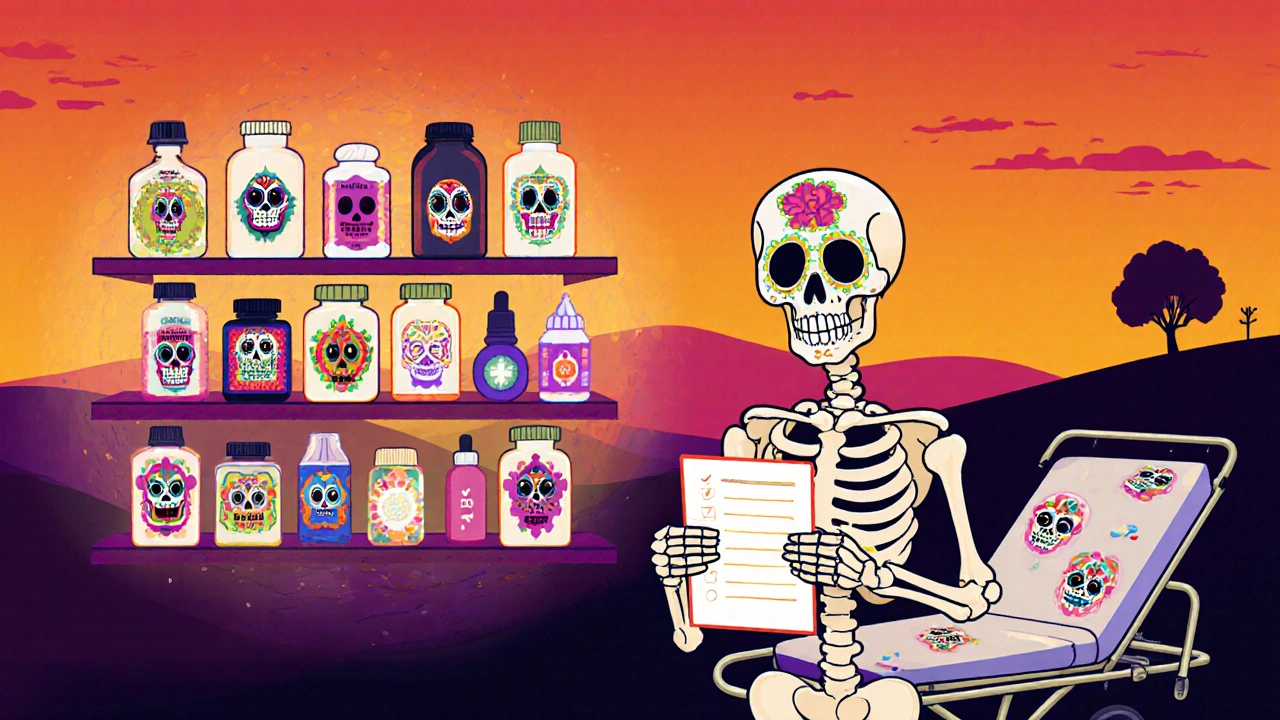Medication Errors: What They Are, How They Happen, and How to Avoid Them
When you take a pill, you expect it to help—not hurt. But medication errors, mistakes in prescribing, dispensing, or taking drugs that can lead to harm. Also known as drug errors, they happen in hospitals, clinics, pharmacies, and even at home—often because something slipped through the cracks. These aren’t just rare accidents. Studies show that medication errors affect over 1.5 million people in the U.S. every year, and many of them are avoidable.
They can start at the doctor’s office with a wrong dose, a confusing label, or a drug that clashes with something else you’re taking. They can happen at the pharmacy if the wrong pill is pulled off the shelf, or if the label doesn’t match the prescription. Even at home, mistakes happen: mixing up similar-looking bottles, forgetting to take a pill, or doubling up because you can’t remember if you already took it. Prescription mistakes, errors in the written or electronic order that lead to incorrect medication or dosage. Pharmacy errors, mistakes made by pharmacists when filling prescriptions. And drug safety, the practice of using medications correctly to prevent harm. These are all pieces of the same puzzle.
Some people are at higher risk—older adults taking five or more meds, kids on weight-based doses, patients with poor vision or memory. But anyone can make a mistake. A misread script, a rushed refill, a change in brand name—all it takes is one small slip. That’s why medication errors aren’t just a healthcare system problem. They’re a personal safety issue. You have a role to play.
What you’ll find in this collection isn’t theory. It’s real-world advice from people who’ve been there. Posts cover how cumulative drug toxicity builds up over years, how antibiotics and probiotics need to be timed just right, why steroids can spike blood sugar, and how even common drugs like primidone or mirtazapine can have hidden risks if not monitored. You’ll see how biosimilars and generics work, how to spot red flags in prescriptions, and how to ask the right questions so you’re not left guessing. These aren’t just articles. They’re tools to help you take control.

